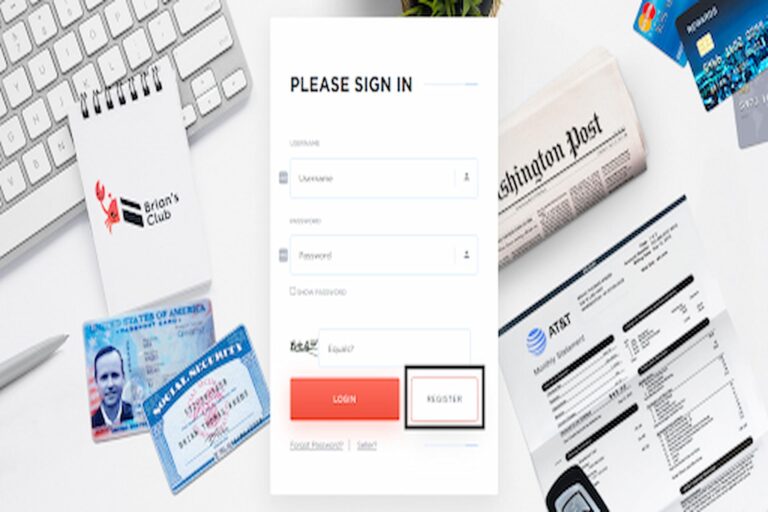Are you struggling to gain control of your financial situation? If debt seems to be controlling your life, and you aren’t sure where to turn, you may want to consider a full and final Individual Voluntary Arrangement (IVA).
Unlike a regular Individual Voluntary Arrangement, which involves making monthly payments on your debt for a particular period, typically five years, a full and final IVA involves a onetime partial payment of your debt. In a similar manner to a regular IVA, however, once you make this payment, your creditors agree to forgive the remaining debt you owe.
When to Consider a Full and Final IVA
Before you even think of making a full and final IVA, you must understand whether or not you actually qualify for this type of debt settlement agreement. There aren’t many individuals who can come up with a lump sum of money, after all, to make the type of payment necessary for this arrangement.
If an individual is able to obtain a lump sum of money to make a full and final IVA possible, such as through redundancy, sale of your assets, inheritance, gifts from friends and family, or retirement, and they are unable to make the total number of monthly payments required for a regular IVA, then a full and final IVA may be the best possible solution for both the debtor and the creditor. This way, the debtor is able to pay off some of the debt he or she owes, and the creditors are able to obtain some of the money they are owed.
You can obtain a full and final IVA at any time during your regular Individual Voluntary Arrangement. If you are approved, this payment can bring your IVA to early completion. In other words, the “when†of a full and final IVA will depend on when and if you obtain a lump sum large enough to make the pay-off. For instance, if your retirement doesn’t kick in for two years, but you begin a regular IVA now, you can make payments normally until the time you receive your retirement money, and then petition for your creditors to allow a full and final IVA.
When you are ready to ask for a full and final IVA, you will need to speak to your IVA supervisor. They will discuss with you the pros and cons of this type of arrangement and will decide whether your offer is worth being presenting to your creditors. If your supervisor agrees to present the proposal, your creditors will then determine whether they want to approve it.
In general, if you want your proposal to be presented to your creditors by your IVA supervisor and then approved by your creditors, you should be willing to pay at least 75% of your debt, or the same amount you would be paying with a regular Individual Voluntary Arrangement via payments. Your chances are even better if you can pay more. However, if you are still able to make monthly payments, your proposal will most likely not be approved.
Are you thinking of managing your debt with an IVA? While these arrangements can help you gain back control of your finances, consider a full and final Individual Voluntary Arrangement if you are able to obtain a lump sum of money to pay off at least 75% of your debt.
Martin Bradley is a representative of Harrington Brooks who provide IVA, Individual Voluntary Arrangements and Debt Management Plans to individuals struggling with debt. For more information please click here .



